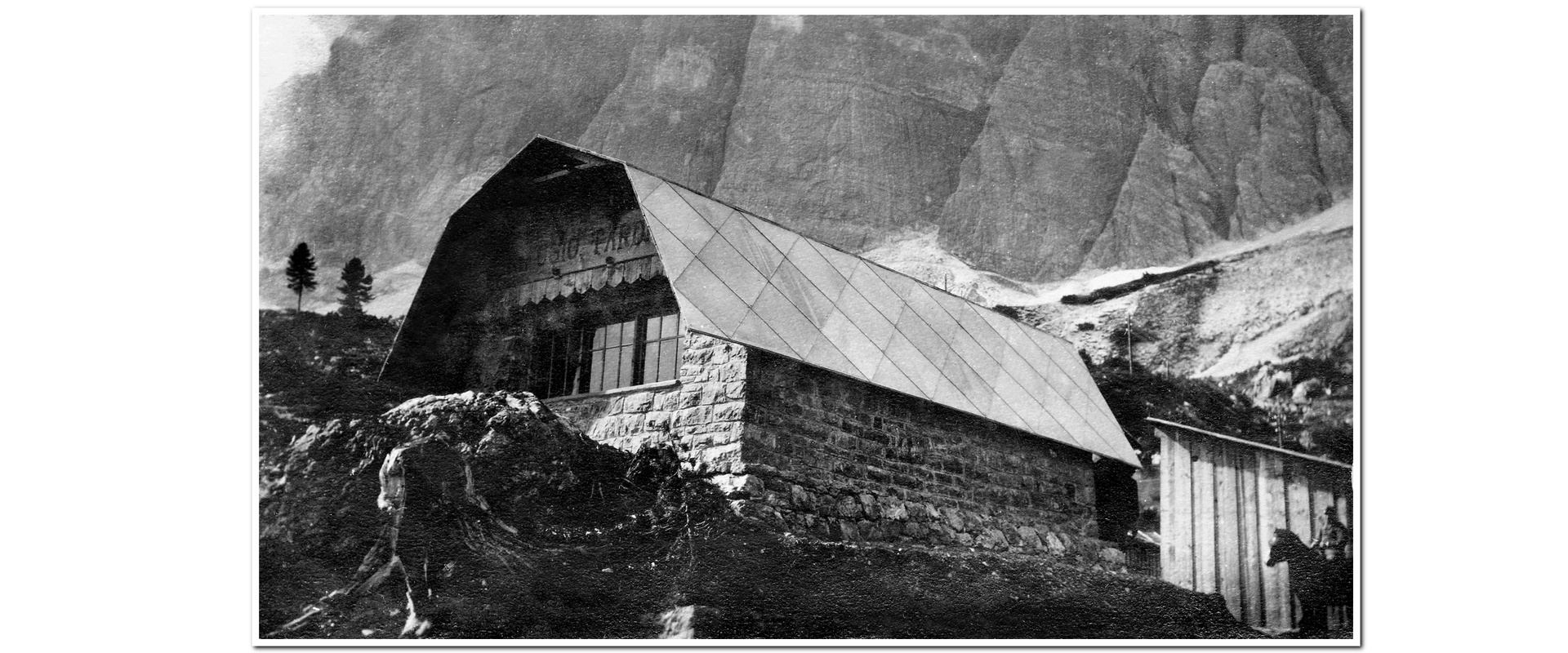
This refuge was named after Colonel Giuseppe Tarditi, who was in command of the Belluno and Val Chisone battalions of the 4th Army Corps in Val Costeana during WW1.
The colonel's name is associated with the Castelletto, a blade of rock leaning against the Tofana di Rozes which overlooks the Falzarego road and therefore was of major military importance.
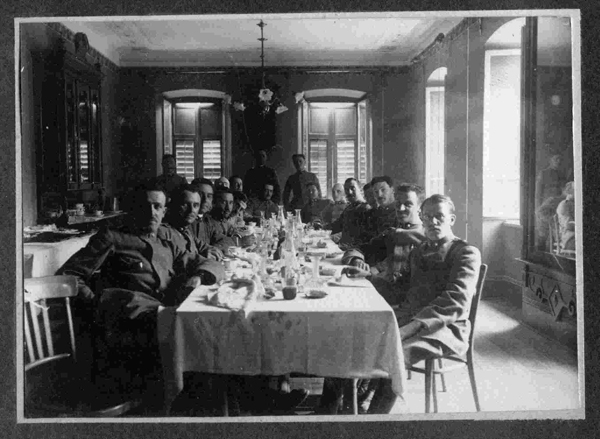
After several unsuccessful attacks, in 1916, the Colonel had a helical mine tunnel dug to reach the Austrians on the Castelletto crest from below and, on 11th July 1916, a gigantic mine blew up the Austrian emplacements of the summit ridge.
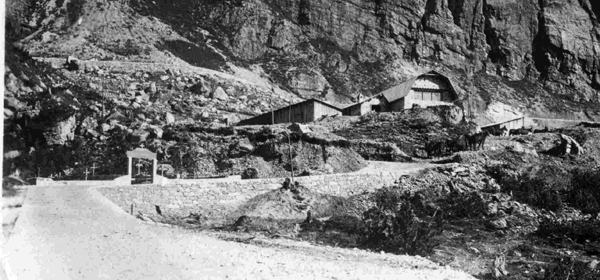
The soldiers were housed in 7 huts constructed close to the Tarditi refuge. The remains of one of these huts are still visible in front of the parking lot of the Dibona refuge.
The Tarditi hut survived the war undamaged and the bar of the present Dibona refuge is located within the original walls of the former refuge.
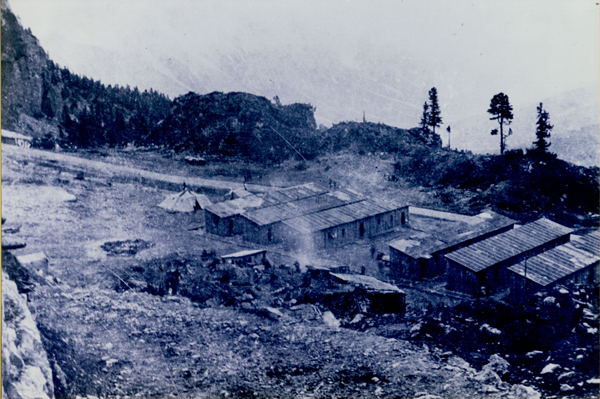
Later, the Regole d'Ampezzo, owners of the meadows and woods in that area, authorized Mario Recafina and Antonia Dibona to build the current refuge, which was inaugurated on 11 July 1953.
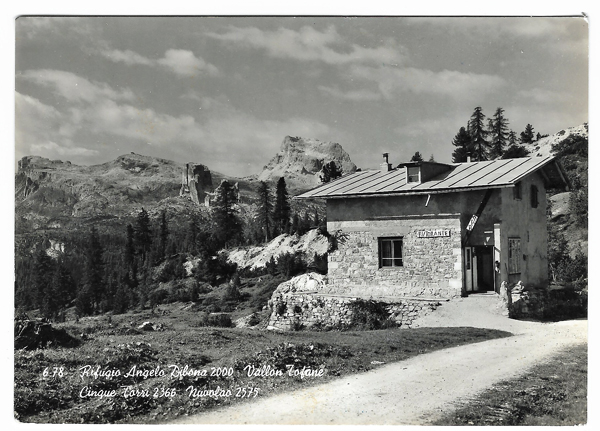
Mario Recafina, one of the sons-in-law of the mountain guide Angelo Dibona, decided to dedicate the refuge to his father-in-law, the greatest Italian mountain guide ever, who opened innumerable climbing routes in the Dolomites and the Austrian mountains.
The refuge was enlarged and renovated in 1976 and 2005 and is currently managed by Riccardo Recafina, Mario's second son, together with his son Nicola.
The Dibona refuge is very popular in both summer and winter. In summer it is the ideal starting point for hikers and climbers who want to discover the famous Tofana di Rozes routes.
